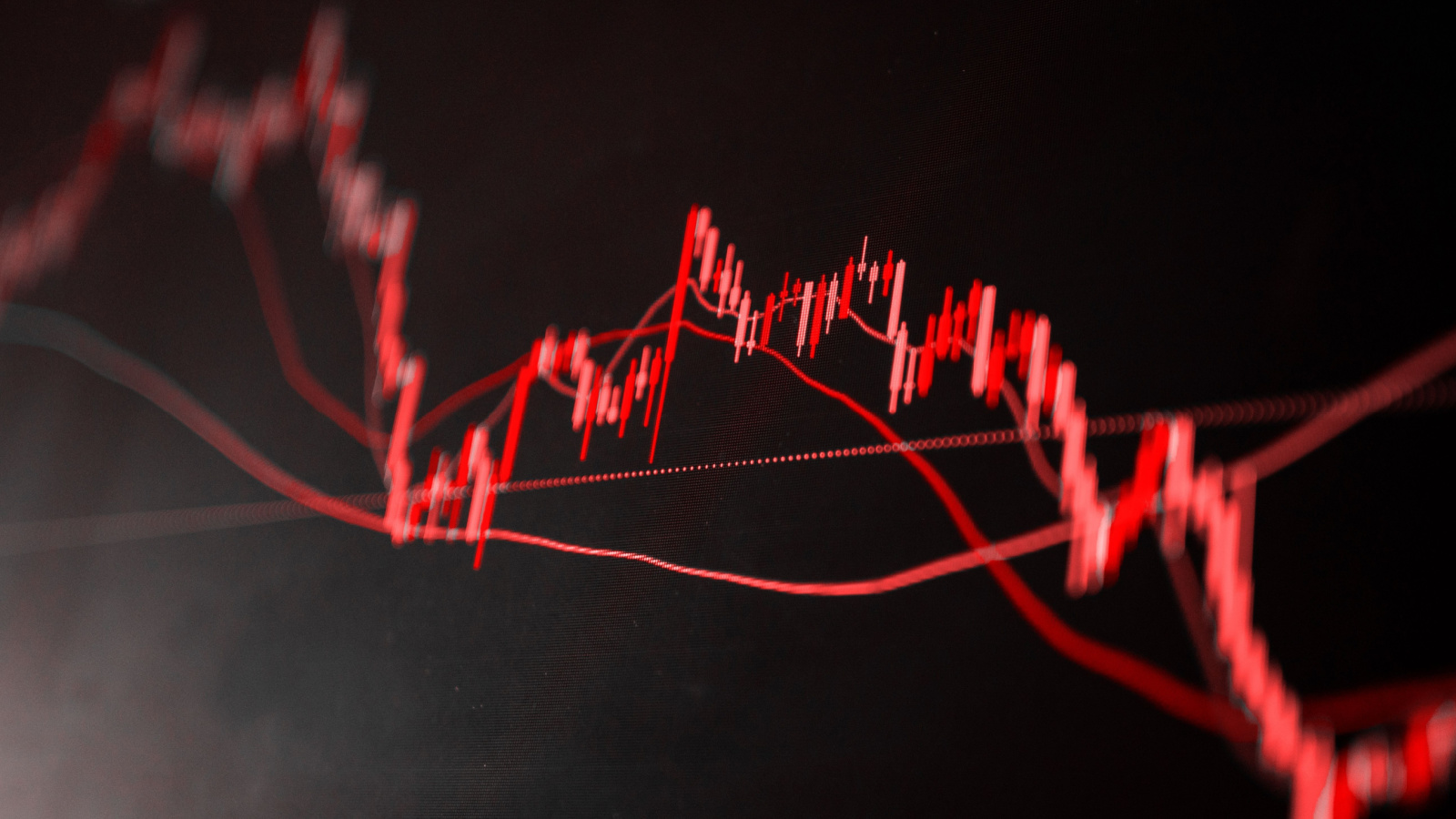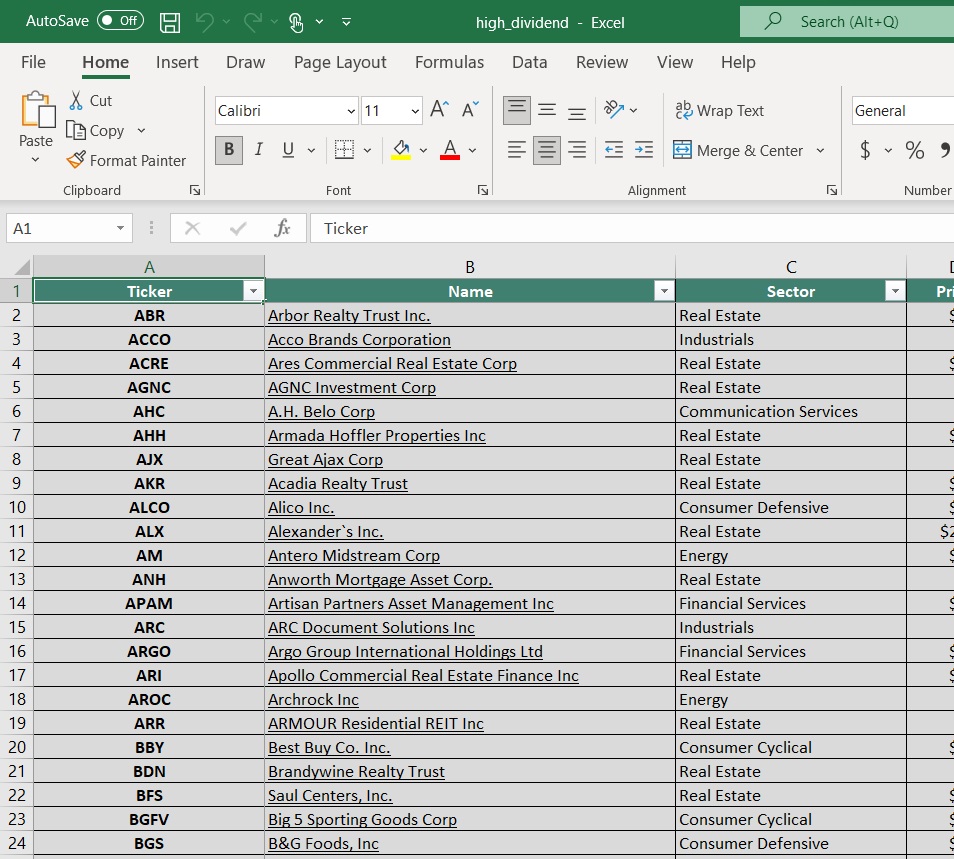Until the very last minute? – United States

Written by the Market Insights Team
A worrying sign
Kevin Ford –FX & Macro Strategist
During a press conference yesterday, President Trump confirmed that tariffs on Canada and Mexico are ‘on time and on schedule’ to begin on March 4th, following the one-month pause. Markets are still hesitant to fully price in the threats and aren’t anticipating the tariffs will be imposed. Don’t be surprised if Trump lifts the tariff until the very last minute, as he did previously.
We’ve been trying to make sense of all the noise and commentary from President Trump. Initially, the tariffs were seen as a bargaining tool or a way to reduce the US deficit, but as time goes on, the motivation becomes clearer. Trump’s recent post on Social Truth spells trouble for Canada. It remains unclear whether the tariffs will apply only to Canada and Mexico, to steel and aluminum, to reciprocal tariffs, or to all of these. However, as the debt ceiling agreement deadline approaches on March 14th, the Trump administration is expected to push for its tax cut agenda, which includes revenue projections from tariffs and fiscal spending cuts from the newly established Department of Government Efficiency (DOGE).
The revenue projections from tariffs come from Commerce Secretary Howard Lutnick, who claimed that reciprocal tariffs could generate $700 billion annually. Also, Kevin Hassett, the director of the National Economic Council, estimated that a 10% levy on Chinese imports could yield between $500 billion and $1 trillion over 10 years. While Republicans see tariffs as a significant revenue source, these numbers alone seem far fetched from a macro point of view and will face challenges in congressional hearings.
So far, the US Senate has passed its $340 billion border bill, which excludes tax cuts. Meanwhile, the House is advocating for a single comprehensive bill that incorporates tax extensions and border spending. This bill has advanced through the Budget Committee, but only after making concessions to fiscal conservatives. The proposed bill is an extension of the 2017 tax cuts, which according to the proposed numbers, could cost $4.8 trillion over the next 10 years.
Starting the week, the Loonie began testing upward resistance levels at 1.425. In the absence of significant news, as we get closer to March 4th, it could again face upward pressure, pushing it to test the 20, 60, and 40-day SMAs resistance zone between 1.43 and 1.435.

Dip buyers save the day
Boris Kovacevic – Global Macro Strategist
Yesterday’s market session was split into two distinct phases, as investors began the week by selling risk assets amid growing concerns of a U.S. slowdown. Recession fears intensified following weaker-than-expected leading indicators from the Chicago and Dallas Federal Reserves. U.S. equities fell, bond yields plunged, and the dollar followed suit, pressured by deteriorating sentiment.
However, dip buyers stepped in during the U.S. session, helping equities and the Greenback recover some losses. Overall, the impact of the day’s news and data appeared to be net-neutral for markets. That said, recent growth concerns could become a bigger problem for risk assets if soft economic data persists, making secondary indicators increasingly important to monitor.
The dollar ended the day slightly lower after briefly touching its weakest level since mid-December. As we highlighted in our feature for Fortune, the dollar remains under pressure for two key reasons: the absence of new tariffs reducing safe-haven demand and the Fed’s pause being linked to rising inflation expectations rather than strong macro data. With recent data reaffirming these trends, the dollar has struggled to benefit from steady rates, currently sitting at its lowest level this year, down 3.4% from January’s peak.
For a meaningful rebound, dollar bulls will need either stronger U.S. economic data or renewed tariff enforcement by Trump. The latter could materialize today, as Trump reiterated overnight that tariffs on Canadian and Mexican goods will be implemented once the delay expires.

New government, old problems
Boris Kovacevic – Global Macro Strategist
The euro briefly climbed above $1.05, reaching its highest level in nearly a month before retreating to $1.0460. Investors see the potential for increased fiscal spending, particularly in defense, as a way to support economic activity. However, fiscal constraints may limit the impact, as political hurdles complicate efforts to boost spending. Meanwhile, business sentiment is showing cautious optimism, though immediate economic conditions remain subdued. We will continue to monitor political developments and key macro releases, as they will play a crucial role in shaping EUR/USD’s near-term direction.
Following the German election outcome, Chancellor-designate Friedrich Merz is actively engaging with the Social Democrats (SPD) to accelerate defense spending in response to escalating geopolitical tensions. However, the rise of fringe parties, securing a minority with blocking rights, has complicated efforts to amend the constitutional “debt brake”, which restricts government borrowing. To navigate these constraints, Merz is considering pushing reforms through the current parliament before the new session begins on March 24. These political maneuvers have added uncertainty to the euro’s performance, as markets assess their potential economic impact.
On the macro front, the Ifo Institute’s latest survey indicates a modest improvement in business expectations, with the index rising to 85.4 in February, up from 84.3 in January, and exceeding forecasts of 85.0. However, current conditions worsened, highlighting that while businesses are hopeful about the future, they continue to struggle with present challenges.

Pound running into resistance
Boris Kovacevic – Global Macro Strategist
The pound climbed to a nine-week high of $1.2690 before encountering resistance near $1.27. Strong UK data and persistent inflation in recent weeks continue to provide support, leaving room for further gains—especially if U.S. economic momentum slows in parallel.
However, geopolitical risks remain a key factor. Trump’s tariff agenda, while not directly targeting the UK, could disrupt global trade flows, particularly with China and the eurozone, leading to potential spillover effects for Britain. Meanwhile, elevated UK inflation still supports GBP, but a renewed rise in gilt yields—back toward January highs—could shift rate expectations from a tailwind to a headwind if fiscal concerns resurface.
This morning, the pound is trading in the lower $1.26 area, as a risk-off mood takes hold following Trump’s overnight comments. The administration is set to raise tariffs on major trading partners and is considering further restrictions on China’s access to advanced chips, adding fresh uncertainty to markets.

Dollar continues to decline
Table: 7-day currency trends and trading ranges

Key global risk events
Calendar: February 24-28

All times are in ET
Have a question? [email protected]
*The FX rates published are provided by Convera’s Market Insights team for research purposes only. The rates have a unique source and may not align to any live exchange rates quoted on other sites. They are not an indication of actual buy/sell rates, or a financial offer.



































